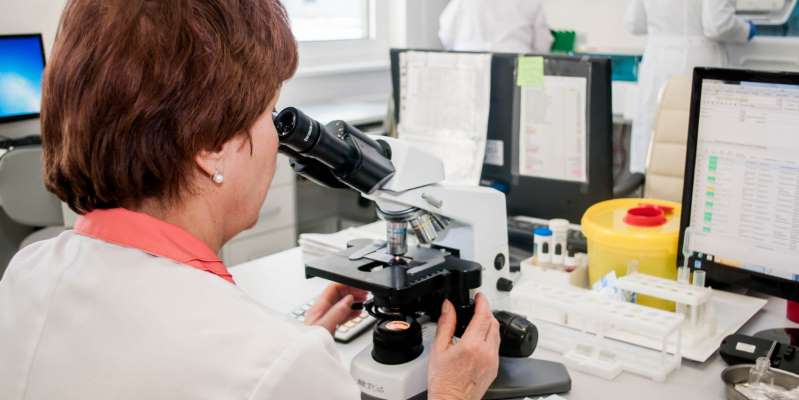
Bacteria found “internal clock”
Bacteria, like humans, animals, and plants, obey circadian rhythms, or internal clocks. The cycle of their activity corresponds to 24 hours, a study by an international group of scientists showed.
Circadian rhythms are complex internal mechanisms that help living organisms adapt to the constant changing times of day and seasons. These molecular rhythms respond to external signals such as daylight and temperature to synchronize the biological clock with the environment, Science Advances reports .
Thus, they regulate sleep and mental activity in humans, as well as photosynthesis and water circulation in plants. Bacteria make up 12% of the Earth's biomass and are extremely important for the existence of its ecosystems, but scientists still do not know much about the processes of their life.
The authors of the new study examined samples of the non-photosynthetic soil bacterium Bacillus subtilis. They introduced an enzyme into bacteria that is responsible for bioluminescence (glow). Thus, you can track the activity of the desired gene within the body.
The researchers focused on two genes: ytvA, which encodes a blue light photoreceptor, and KinC, which is involved in biofilm and spore formation. They observed their activity in complete darkness and under illumination.
It turned out that the “work” of ytvA is associated with a 12-hour cycle of light and dark. Activity decreased in the light and increased in the dark. In addition, the gene adapted to new conditions – within a few days it developed a corresponding pattern of behavior.
Scientists conducted additional experiments using diurnal temperature changes and found that the activity of ytvA and KinC changes to match circadian rhythms, rather than just turning on and off in response to temperature.
“This is the first time we've discovered that non-photosynthetic bacteria can tell time,” said lead author Professor Martha Murrow of Ludwig Maximilian University of Munich.
This research is important for the development of biotechnology and, probably, the development of new methods of drug therapy. Previously, scientists have determined that plants, like people, are divided into “larks” and “owls”. This is how they adapt to external conditions.

